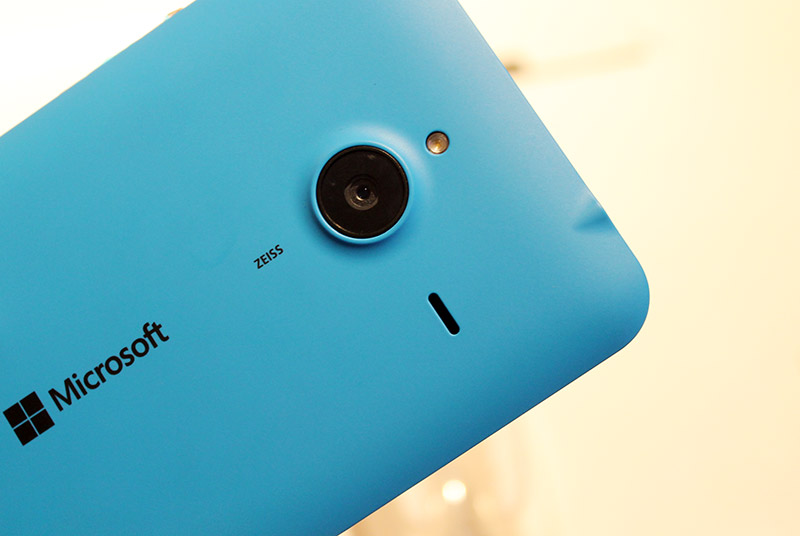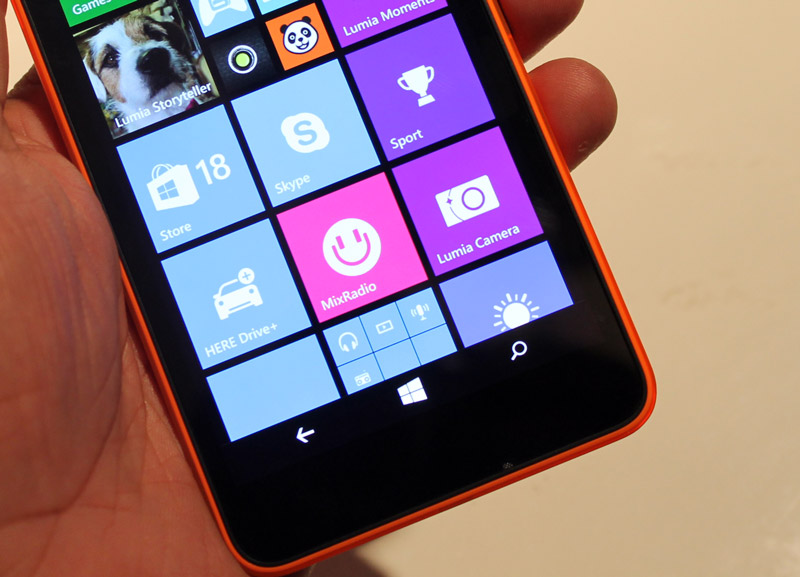
Going forward, Windows Phone doesn't seem have a place in Microsoft's strategy, atleast not in the scale it was supposed to be. Microsoft today announced that it will be laying off 7800 people solely from its phone division, which is in addition to the 18,000 layoffs after the Nokia acquisition.
That's not all, Microsoft really isn't making any money off Windows Phones and it had to write off $7.6 Billion which is more than the entire amount of the Microsoft-Nokia deal, $7.2 billion. Just a few weeks back, both Stephen Elop and Jo Harlow, who had joined Microsoft from Nokia, left the company.

Read: Nokia will be back to making smartphones in 2016
Satya Nadella paints a vague picture about the future of Lumia devices, wherein he says that new plans for the Lumia Windows Phones include flagship devices, low-cost devices as well as connected devices for the enterprise.
We are moving from a strategy to grow a standalone phone business to a strategy to grow and create a vibrant Windows ecosystem including our first-party device family. In the near-term, we’ll run a more effective and focused phone portfolio while retaining capability for long-term reinvention in mobility.
What this means is there will be a lot less Lumias floating around, unlike the present where you have a 430, a 435, a 540, 640, 640 XL...you get the point. But that's not all this move says. Microsoft doesn't want more holes in this sinking ship.
Microsoft doesn't want more holes
in this sinking ship.
Moreover, the lack of any Real support from top-tier smartphone manufacturers like Samsung, LG, HTC and Motorola has further led to the downfall of Windows Phone. Then there's the lack of an app-ecosystem. Windows Phone is generally the last to get an app or its update with new features. Developers never boarded the WP bandwagon as there was no driving force behind the platform apart from Microsoft.
Whether Microsoft wants to admit it or not,
they have lost mobile.
Atleast Round 1. But they are fighting to win the next round with apps and services, by getting users of rival platforms to use Microsoft alternatives. OneDrive, OutLook, Office Apps, Office Lens and several other apps which have made it to both Android and iOS show Microsoft's new strategy to infiltrate other platforms. This is where Microsoft has always been good at, Software. Its renewed focus on the Cloud and its own services under Nadella is what will drive the company forward.

Microsoft is at present focused on Windows 10, its biggest and most ambitious release in years. With Windows 10, Microsoft is hoping to win back the love of enterprise users who simply hated the tile/touch interface of Windows 8. Sure, Windows 10 Mobile will be making its debut later this year, with two possible flagship devices to show it off but that will just be the side-note in what Microsoft sees as its future in Mobile.



























